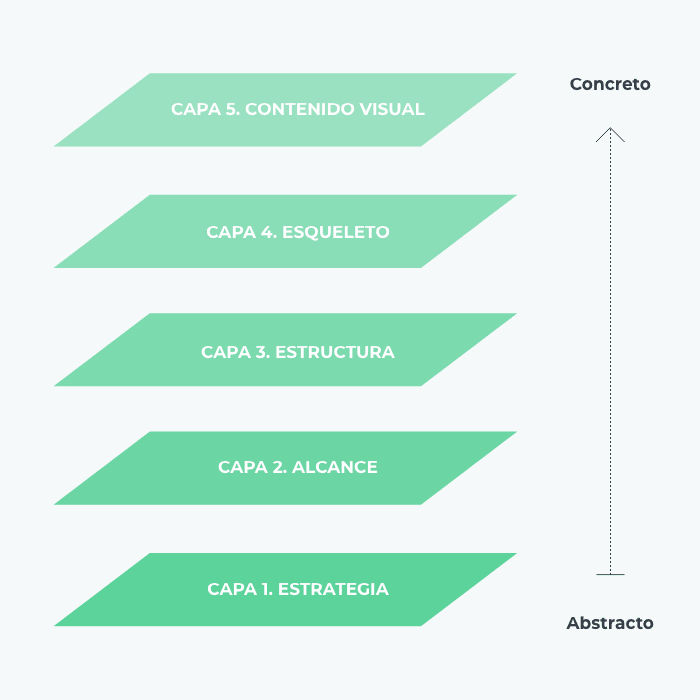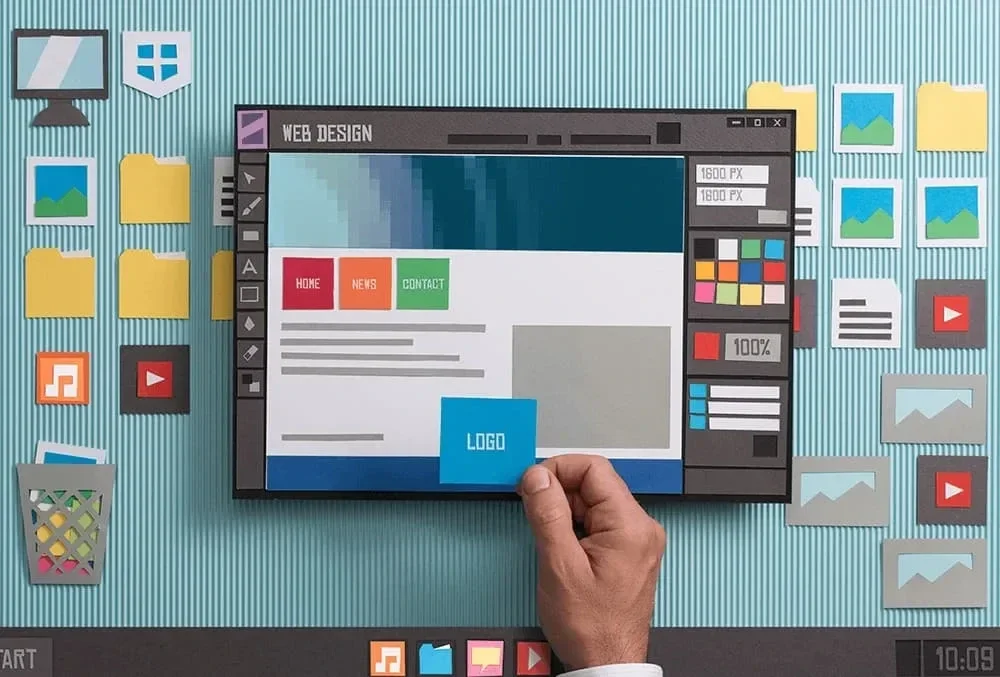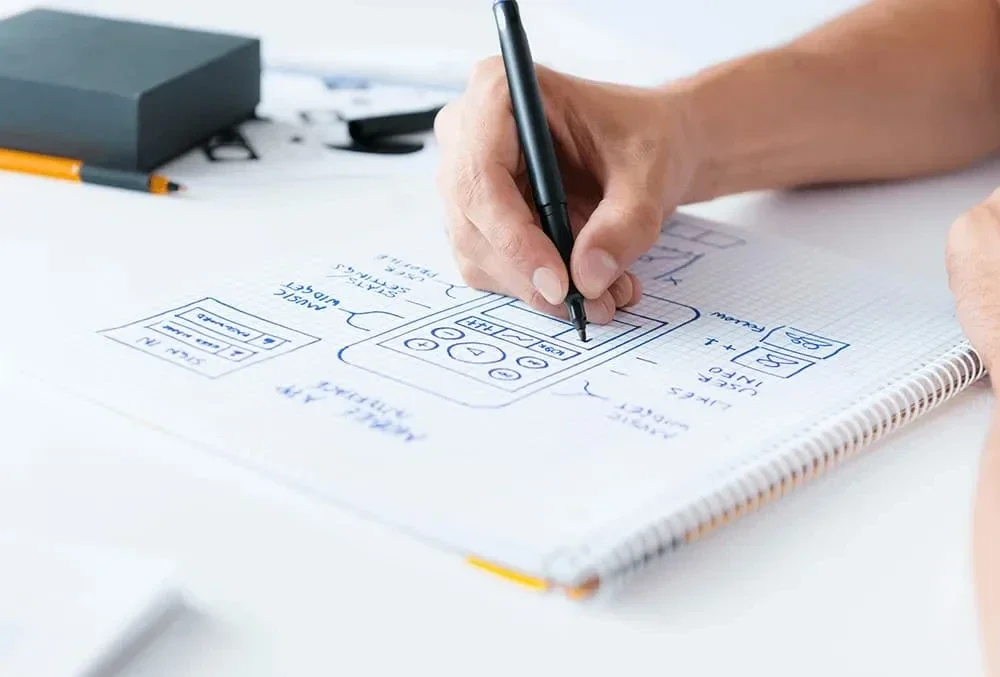Agencia Experiencia de usuario
Experiencia de usuario (UX)
El principal requisito para elaborar una experiencia de usuario digna de ejemplo, es satisfacer las necesidades exactas del usuario. Más adelante se trabajará tanto la simplicidad como la elegancia del sistema que hacen de ese producto algo placentero a la hora de usar.
Debemos entender que la experiencia de usuario UX va mucho más allá de cumplir con las funcionalidades aportadas en el brief de un cliente. Para poder conseguir una mejorar la experiencia de usuario de calidad, debe lograrse una fusión perfecta entre servicios de múltiples disciplinas, entre las que serán partícipes la ingeniería, el marketing el diseño gráfico e industrial y el diseño de interfaz.
También debemos distinguir entre UX y usabilidad: de acuerdo con la definición de usabilidad, es un atributo de calidad de la interfaz de usuario, que cubre si el sistema es fácil de aprender, eficiente de usar y agradable.
Por tanto, es importante comprender que la experiencia total del usuario es un concepto mucho más amplio.
Especialistas en
User experiencie (UX)
A continuación hacemos referencia a las capas de Garret para explicar la jerarquía y los entregables que deberían desarrollarse en un proyecto de UX.
En un proceso de experiencia de usuario, se dividen los componentes de una experiencia de usuario ux en 5 capas que iremos describiendo de abajo a arriba, y observaremos como las capas superiores se construyen como resultado de las capas inferiores.
- Capa 1 o Estrategia: Esta capa se define como las necesidades del usuario y los objetivos del site o sistema. Toda experiencia tiene que tener un propósito claro y concreto, y debe definirse antes de comenzar a trabajar en cualquier tipo de entregable.
- Capa 2 o Alcance: Implica qué hará el site o sistema y el contenido que incluirá. Se incluirán requerimientos de funcionalidades que el sistema deberá cumplir para atender a las necesidades del usuario y objetivos de la página que hemos definido con anterioridad.
- Capa 3 o Estructura: Implica como se estructurará dicho contenido y se interactuará con él. En el diseño de interacción se definirán como los usuarios interactuarán con el contenido definido anteriormente.
- Capa 4 o Esqueleto: Comenzamos a visualizar los diferentes contenidos con sus respectivas interacciones y se demuestra que la estructura planteada es funcional.
- Capa 5 o Contenido Visual: En esta capa nuestro objetivo principal será asegurarnos de que todos los componentes interactivos y estáticos se distinguen, que el texto es legible y que el sistema es congruente a nivel de experiencia.

HERRAMIENTAS Y PLATAFORMAS
Qué usamos
Importancia de la
Experiencia de usuario (UX)
Los diseñadores de experiencia de usuario lograrán los siguientes resultados:

Tasa de rebote
Una buena experiencia de usuario, hace que este permanezca en el site, mejorando por tanto la tasa de rebote.

Datos más precisos
Podremos modificar elementos de diseño de forma más fácil y estudiar cómo estos pueden mejorar la conversión.

Datos más precisos
Podremos modificar elementos de diseño de forma más fácil y estudiar cómo estos pueden mejorar la conversión.

Mejora de marca
Si los usuarios ux tienen una buena experiencia interactuando con tu marca, tendrán mejor valoración de ella.

Confianza
Una web o interfaz en general que no está ideada para proporcionar al usuario una experiencia agradable, difícilmente genera confianza.

Mejora de la conversión
Mientras más usuarios satisfechos haya, mayor posibilidad habrá de que cumplan los objetivos establecidos en el site.
PREGUNTAS FRECUENTAS SOBRE UNA
Agencia Google Shopping
¿Cuáles son las principales diferencias entre UX y usabilidad?
Aunque existe una clara relación entre ambos conceptos, no debemos confundirlos. La usabilidad se refiere a conseguir que una interfaz o site sea fácil de usar, mientras que la experiencia de usuario consiste en provocar la satisfacción en dicho site o interfaz.
¿Cómo elaborar una experiencia de usuario atractiva?
Para poder diseñar una experiencia de usuario atractiva es importante tener claros diferentes procesos que serán importantes para ello y a los que hemos hecho mención con anterioridad: estrategia, alcance, estructura, esqueleto y contenido visual.
¿En qué consiste el UX?
Existen diferentes definiciones, pero la mayoría coincide con que la experiencia de usuario o UX engloba todos los aspectos de la interacción de los usuarios finales con la compañía, sus servicios y sus productos.
¿Qué hace un diseñador de UX?
Un diseñador de UX es un profesional que se encarga de que la percepción y sensaciones que el usuario tiene del producto o servicio sea adecuada. Se encarga de definir los medios, procesos y formas en que las personas interactúan con esos objetos o sistemas de información.
Artículos relacionados


